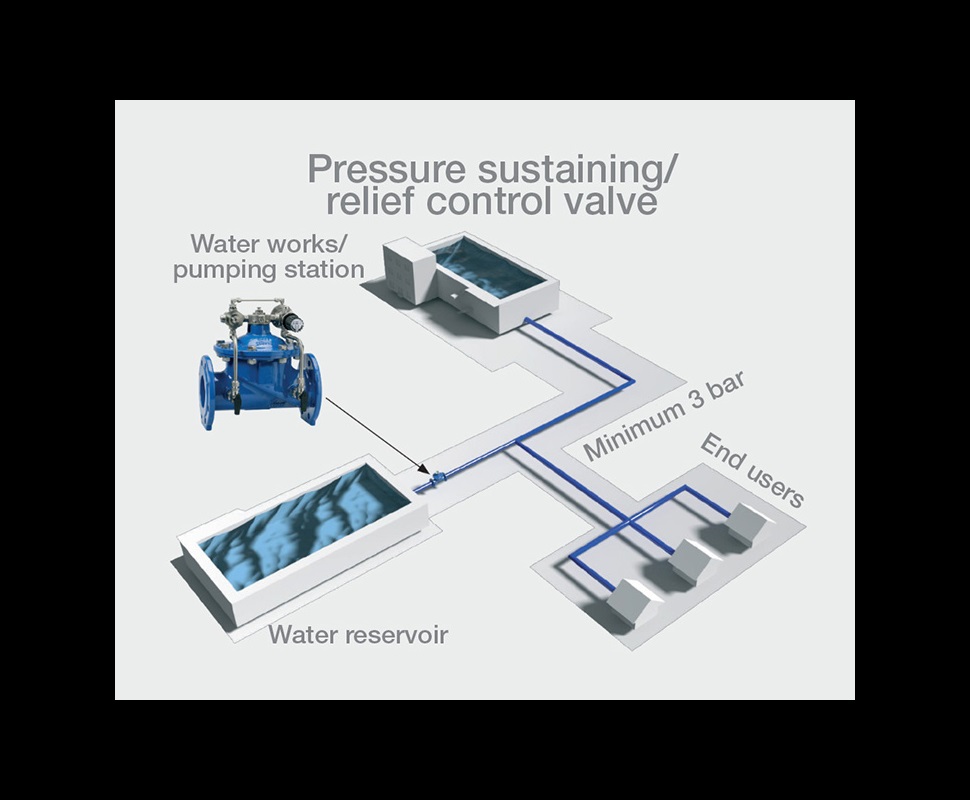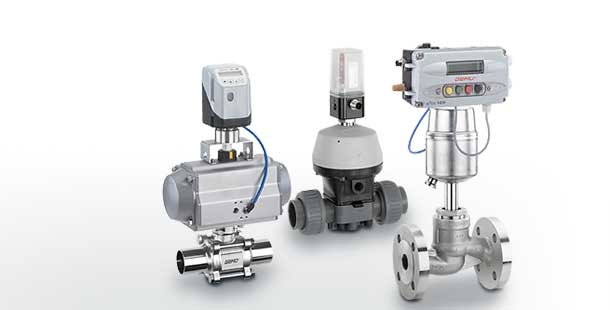
Maximize Power Savings and Convenience With Advanced Structure Automation Controls
In the world of modern architecture and facility monitoring, the integration of sophisticated structure automation controls stands as an essential advancement. By utilizing the power of automation, structures can adjust, respond, and progress in means that were once inconceivable.
Energy Performance Benefits
Energy effectiveness advantages can substantially lower power consumption and functional expenses in structures. Energy-efficient systems, such as advanced building automation controls, can maximize the usage of resources like home heating, air conditioning, and illumination, leading to lower energy expenditures over time.
Additionally, boosted power efficiency can prolong the lifespan of structure equipment and systems. By operating much more efficiently, cooling and heating systems, light, and various other structure components experience less damage, causing minimized upkeep and substitute costs. Furthermore, energy-efficient structures usually regulate greater residential or commercial property worths and rental rates, supplying lasting monetary advantages to owners.
Additionally, energy performance can improve occupant comfort and productivity. Appropriately regulated interior atmospheres with ideal lighting and thermal problems produce a more conducive and enjoyable office, resulting in enhanced employee contentment and performance. Overall, the power effectiveness benefits connected with sophisticated building automation controls are diverse, including price savings, ecological stewardship, and owner health.
Boosted Convenience Control
Enhancing comfort control in structure environments requires a sophisticated combination of sophisticated automation systems for optimal resident health. By using sophisticated building automation controls, facilities can customize the interior setting to meet the particular requirements and preferences of residents. These systems enable exact policy of illumination, air flow, and temperature level, creating a comfy and productive ambience. Occupant complete satisfaction and productivity are carefully linked to thermal convenience, making it essential to have systems in position that can adapt to changing problems in real-time.
Improved convenience control surpasses basic temperature adjustments. It includes functions such as tailored settings, tenancy sensing units, and natural light usage to produce a responsive and dynamic setting. By incorporating these innovative controls, structures can not only boost comfort yet also enhance energy efficiency by optimizing system procedures based on real occupancy and usage patterns. Ultimately, prioritizing owner convenience via innovative automation systems causes a much more pleasurable and much healthier indoor atmosphere.
Functional Effectiveness Improvements

Moreover, the application of real-time monitoring and analytics tools makes it possible for building drivers to recognize energy inadequacies and operational anomalies without delay. By continuously checking energy usage patterns and system efficiency metrics, adjustments can be made in real-time to optimize power intake and ensure peak operational performance. control valves. Additionally, incorporating demand feedback strategies into building automation controls can additionally boost operational efficiency by dynamically changing power use based upon grid conditions and browse around here pricing signals
Indoor Climate Optimization
Effective interior climate optimization is a fundamental element of structure automation controls, making certain residents' comfort and health while taking full advantage of power financial savings. By using advanced sensing units and controls, constructing automation systems can continuously adjust and keep track of temperature level, moisture degrees, air top quality, and air flow to create an optimal indoor atmosphere. Keeping regular and comfy problems not just boosts owner complete satisfaction however likewise improves performance and total health.
Interior environment optimization likewise plays an essential function in energy effectiveness. By fine-tuning cooling, home heating, and air flow systems based upon real-time information and occupancy patterns, building automation controls can significantly reduce power usage - control valves. Implementing approaches such as demand-controlled ventilation and thermal zoning can aid lessen energy waste while making certain that each area of the structure gets the necessary conditioning.

Sustainable Atmosphere Development
Building automation manages not just enhance indoor climate conditions for power performance and resident convenience however likewise lay the structure for developing a lasting setting via tactical administration of systems and sources. By incorporating advanced building automation innovations, such as sensors, actuators, and smart software program, centers can keep an eye on and change energy use in real-time to lessen waste and decrease their carbon footprint. These systems make it possible for anticipating maintenance, recognizing prospective issues prior to they intensify and optimizing tools efficiency to enhance longevity and efficiency.
In addition, sustainable setting production expands past power monitoring to include water conservation, waste decrease, and interior air high quality renovation. Building automation controls can regulate water use, spot leaks, and ensure appropriate garbage disposal practices, contributing to total sustainability initiatives. Furthermore, by regulating and checking air flow and check here filtering systems, these technologies boost resident wellness and productivity while lowering power consumption linked with a/c procedures.
Final Thought
Finally, advanced structure automation manages deal significant advantages in regards to energy cost savings, convenience control, operational effectiveness, indoor environment optimization, and creating a sustainable atmosphere. By implementing these controls, structures can achieve optimum performance while reducing power consumption and boosting resident convenience. It is evident that using sophisticated automation innovation is crucial in improving building efficiency and producing an extra lasting future.
Power performance advantages can considerably decrease power usage and functional expenses in structures. Generally, the power performance benefits linked with innovative structure automation controls are complex, incorporating price financial savings, ecological stewardship, check here and owner health.
In addition, including need reaction techniques into structure automation controls can additionally improve operational performance by dynamically changing energy use based on grid problems and pricing signals.
Structure automation manages not only optimize interior climate conditions for power effectiveness and occupant convenience however likewise lay the foundation for developing a sustainable environment via critical monitoring of systems and resources.In conclusion, advanced structure automation manages offer significant advantages in terms of power financial savings, convenience control, functional efficiency, indoor climate optimization, and producing a sustainable setting.